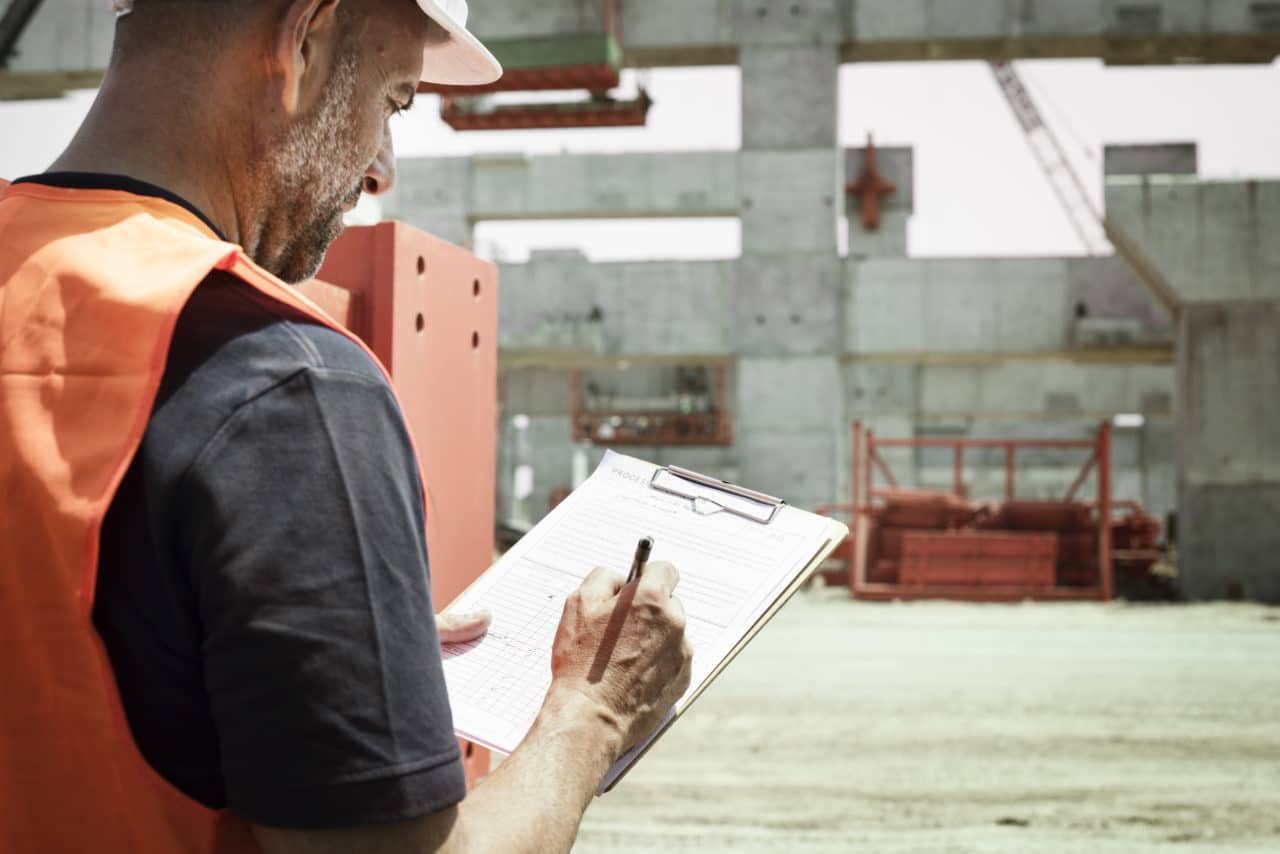Silica dust is a problem. A serious problem. In particular, respirable crystalline silica (RCS) – the minute respirable silica dust particles released when working with concrete, bricks, mortar, ceramics, MDF, plywood, stone, ceramics and other similar materials.
Invisible to the naked eye, and 100 times smaller than sand, RCS is fine enough to reach deep inside the lungs. Once there, it causes long term and often fatal damage through silicosis, heart failure, arthritis, kidney disease, Chronic Obstructive Pulmonary Disease (COPD) and even lung cancer.
In the UK, the IOSH reports that half a million workers are exposed to RCS. It contributes to 12,000 lung disease deaths a year – mostly among workers employed in construction or the manufacturing of products for construction.
And RCS isn’t a secret. It’s an acknowledged threat. The HSE (Health & Safety Executive) recognises it as ‘the biggest risk to construction workers after asbestos’ and The All-Party Parliamentary Group for Respiratory Health have released a damning report ‘Silica – the next asbestos’.
The main challenge in combating its dangers is the inherent nature of silica dust itself. The fact that it’s so small, and that as minute shards of irregularly shaped quartz, it’s so hard to detect. The small scale of the particles has made real-time RCS monitoring incredibly difficult, time-consuming, and expensive – which makes the scale of the problem even larger.
Silica Monitoring is a Big Problem
Typically, exposure monitoring for RCS has involved occupational hygienists setting up fixed location or wearable instrumentation, including a pump connected to a sampling head that collects samples on a filter. These samples are then sent off to a lab for analysis.
This exposure reporting is then used to determine whether control measures are effective or not and whether an area is safe to work in.
That’s clearly far from ideal.
Analysis is retrospective, reporting on working environments long after workers may already have been exposed to potentially lethal amounts of RCS and is inherently inaccurate. Also, because analysis needs to be carried out by H&S professionals, costs can quickly rocket, with analysis often totalling thousands of pounds a month – and that’s just per survey!

The Future of Silica Monitoring
All of this makes the prospect of accurate, affordable, real-time RCS monitoring something of a “Holy Grail” when it comes to protecting workers from this deadly dust.
A Holy Grail that, with strong rumours of a significant breakthrough in silica monitoring soon to hit the market, we’re set to revolutionise RCS detection and the health and safety industry. Eventually, protecting countless workers from unnecessary exposure to potentially lethal silica.
Imagine that. No more clunky, costly, after-the-event analysis and guesswork. Just accurate, affordable, real-time silica monitoring – which will be available in just a few short months.
Curious?
As they say… watch this space.
Get in touch with one of our experts today to discuss how the AIR XS Silica Monitor can improve your safety processes.
